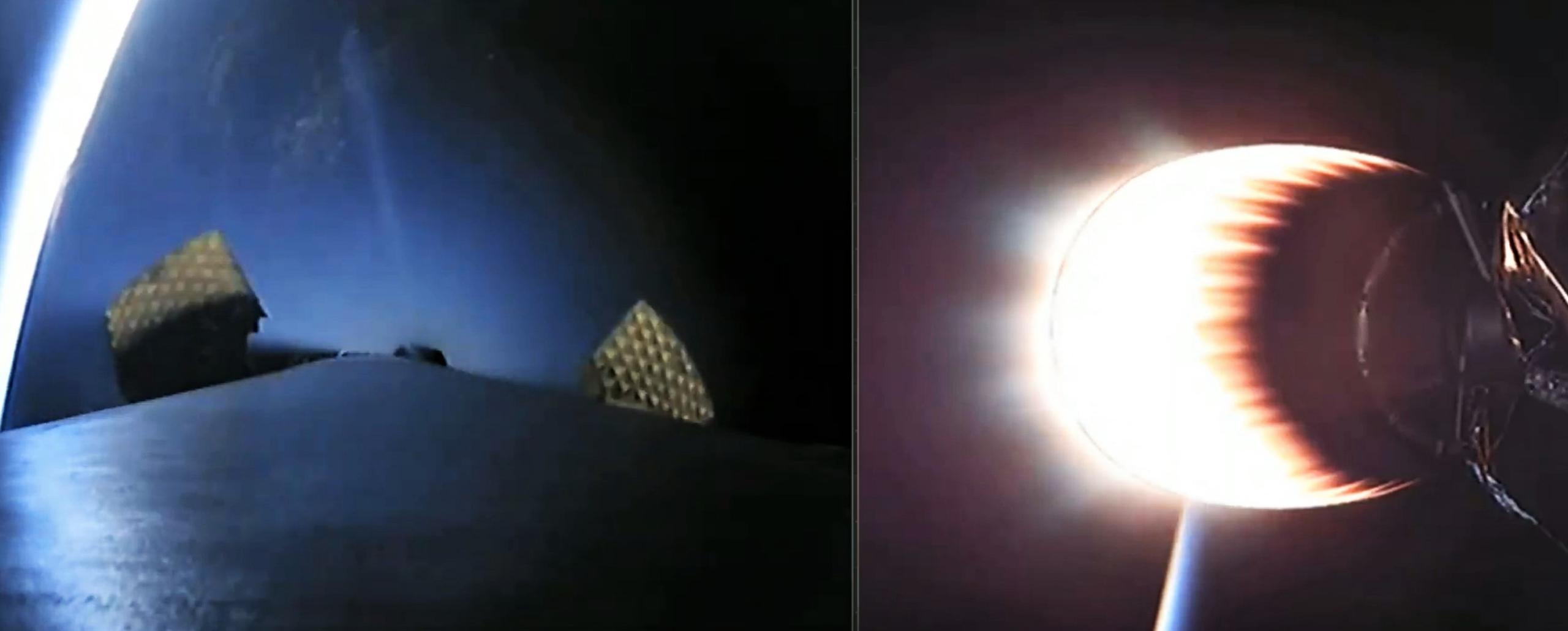

News
SpaceX GPS satellite launch, landing opens door for first US military Falcon 9 reuse
SpaceX has successfully launched its third GPS III navigation satellite and simultaneously confirmed that the now once-flown Falcon 9 booster responsible will soon support the US military’s first operational launch on a flight-proven commercial rocket.
Known as GPS III Space Vehicle 04 (SV04), the ~3700 kg (~8150 lb) navigation satellite will join three other upgraded spacecraft launched since December 2018 – two of which flew on SpaceX Falcon 9 rockets. Of the six GPS III launch contracts the US military has thus far awarded, SpaceX has secured all but one, netting a total of $474 million for an average per-launch cost just shy of $95 million – likely saving more than $50 million per launch relative to comparable ULA contracts.
In June 2020, US Air Force Space and Missile Systems Center (USAF SMC) took the next step towards even more affordable launches by allowing SpaceX to recover its Falcon 9 booster after future military missions. A mere three months after that milestone and Falcon 9 booster B1060’s successful post-GPS III SV03 landing, SMC took the most important step yet, announcing that it had reached an agreement with SpaceX to reuse Falcon 9 boosters on two upcoming GPS III launches.
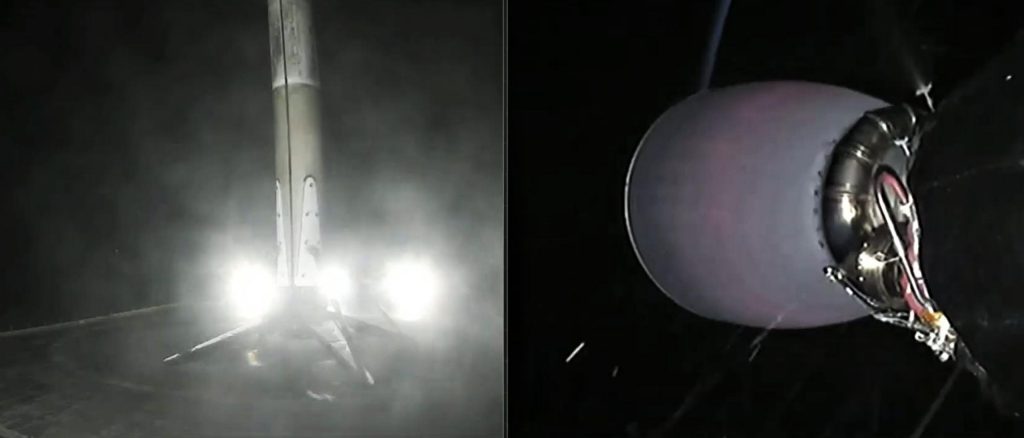
SMC announced the contract modification in late September, revealing that the Falcon 9 booster (B1062) assigned to launch GPS III SV04 no earlier than September 30th, 2020 would be reused on future GPS III SV05 and SV06 missions, ultimately cutting almost $53 million of the cost to launch GPS III satellites SV03 through SV06.
Unfortunately for B1062, the SpaceX rocket’s GPS III SV04 launch debut was initially delayed by competitor ULA’s own unrelated launch delays, followed by a last-second abort on October 2nd after the rocket detected anomalous behavior in two of its nine Merlin 1D engines. SpaceX ultimately traced the issue back to faulty quality assurance and a blocked vent line, replaced both engines (and several more on different boosters), and completed a second static fire on October 31st.
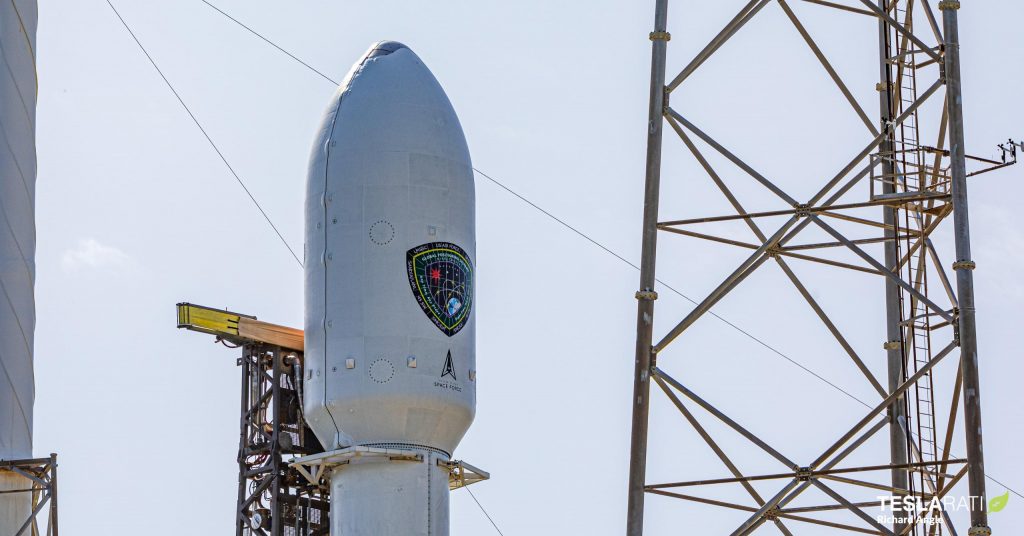
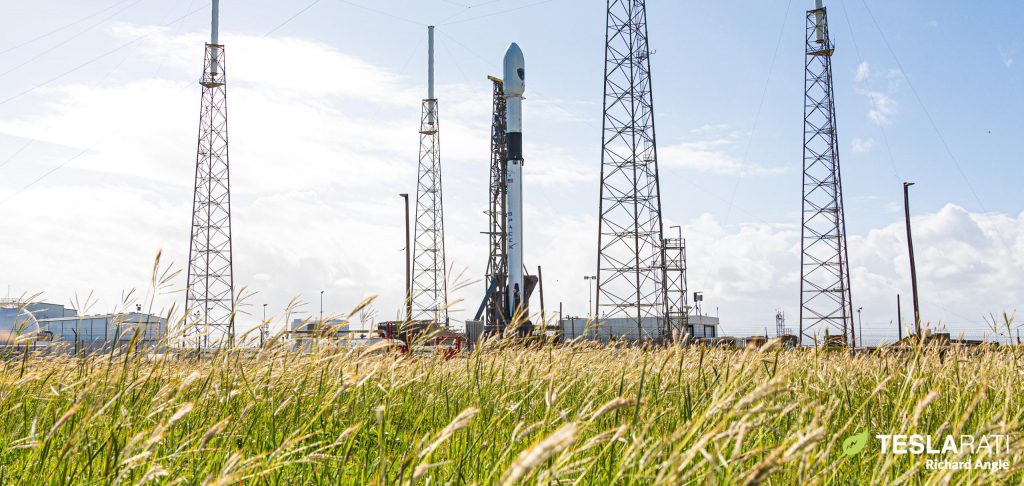
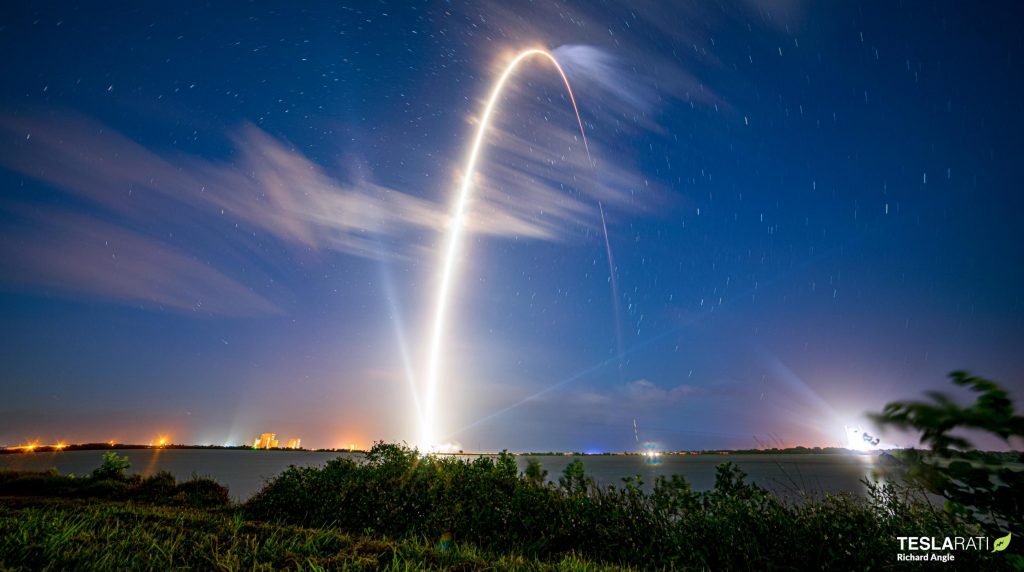
On November 5th, things finally came together for the company and Falcon 9 B1062, a new upper stage and payload fairing, an GPS III SV04 lifted off from SpaceX’s Cape Canaveral Air Force Station (CCAFS) LC-40 launch pad. The previously unflown booster performed perfectly, ultimately completing a soft landing on drone ship Of Course I Still Love You (OCISLY) after sending the satellite and upper stage on their way to orbit. A brisk eight or so minutes after liftoff, Falcon 9’s second stage shut off, coasted in orbit for 55 minutes, reignited for 45 seconds, and coasted another 25 minutes before finally releasing GPS III SV04 to complete the mission.
Mission complete and Falcon 9 B1062 intact and soon to be secured aboard drone ship OCISLY, SpaceX has now fully opened the door to reuse the same booster to launch GPS III SV05 and SV06. Over the course of its announcement, SMC did not that SpaceX’s GPS III SV05 mission had been delayed from January to July 2021 to allow extra time for the extremely conservative customer to “validate” SpaceX’s reuse process. If successful, SpaceX will then likely fly the same booster – B1062 – a third time to launch GPS III SV06 no earlier than (NET) Q3 2021.

Elon Musk
Tesla’s Elon Musk: 10 billion miles needed for safe Unsupervised FSD
As per the CEO, roughly 10 billion miles of training data are required due to reality’s “super long tail of complexity.”

Tesla CEO Elon Musk has provided an updated estimate for the training data needed to achieve truly safe unsupervised Full Self-Driving (FSD).
As per the CEO, roughly 10 billion miles of training data are required due to reality’s “super long tail of complexity.”
10 billion miles of training data
Musk comment came as a reply to Apple and Rivian alum Paul Beisel, who posted an analysis on X about the gap between tech demonstrations and real-world products. In his post, Beisel highlighted Tesla’s data-driven lead in autonomy, and he also argued that it would not be easy for rivals to become a legitimate competitor to FSD quickly.
“The notion that someone can ‘catch up’ to this problem primarily through simulation and limited on-road exposure strikes me as deeply naive. This is not a demo problem. It is a scale, data, and iteration problem— and Tesla is already far, far down that road while others are just getting started,” Beisel wrote.
Musk responded to Beisel’s post, stating that “Roughly 10 billion miles of training data is needed to achieve safe unsupervised self-driving. Reality has a super long tail of complexity.” This is quite interesting considering that in his Master Plan Part Deux, Elon Musk estimated that worldwide regulatory approval for autonomous driving would require around 6 billion miles.
FSD’s total training miles
As 2025 came to a close, Tesla community members observed that FSD was already nearing 7 billion miles driven, with over 2.5 billion miles being from inner city roads. The 7-billion-mile mark was passed just a few days later. This suggests that Tesla is likely the company today with the most training data for its autonomous driving program.
The difficulties of achieving autonomy were referenced by Elon Musk recently, when he commented on Nvidia’s Alpamayo program. As per Musk, “they will find that it’s easy to get to 99% and then super hard to solve the long tail of the distribution.” These sentiments were echoed by Tesla VP for AI software Ashok Elluswamy, who also noted on X that “the long tail is sooo long, that most people can’t grasp it.”
News
Tesla earns top honors at MotorTrend’s SDV Innovator Awards
MotorTrend’s SDV Awards were presented during CES 2026 in Las Vegas.

Tesla emerged as one of the most recognized automakers at MotorTrend’s 2026 Software-Defined Vehicle (SDV) Innovator Awards.
As could be seen in a press release from the publication, two key Tesla employees were honored for their work on AI, autonomy, and vehicle software. MotorTrend’s SDV Awards were presented during CES 2026 in Las Vegas.
Tesla leaders and engineers recognized
The fourth annual SDV Innovator Awards celebrate pioneers and experts who are pushing the automotive industry deeper into software-driven development. Among the most notable honorees for this year was Ashok Elluswamy, Tesla’s Vice President of AI Software, who received a Pioneer Award for his role in advancing artificial intelligence and autonomy across the company’s vehicle lineup.
Tesla also secured recognition in the Expert category, with Lawson Fulton, a staff Autopilot machine learning engineer, honored for his contributions to Tesla’s driver-assistance and autonomous systems.
Tesla’s software-first strategy
While automakers like General Motors, Ford, and Rivian also received recognition, Tesla’s multiple awards stood out given the company’s outsized role in popularizing software-defined vehicles over the past decade. From frequent OTA updates to its data-driven approach to autonomy, Tesla has consistently treated vehicles as evolving software platforms rather than static products.
This has made Tesla’s vehicles very unique in their respective sectors, as they are arguably the only cars that objectively get better over time. This is especially true for vehicles that are loaded with the company’s Full Self-Driving system, which are getting progressively more intelligent and autonomous over time. The majority of Tesla’s updates to its vehicles are free as well, which is very much appreciated by customers worldwide.
Elon Musk
Judge clears path for Elon Musk’s OpenAI lawsuit to go before a jury
The decision maintains Musk’s claims that OpenAI’s shift toward a for-profit structure violated early assurances made to him as a co-founder.

A U.S. judge has ruled that Elon Musk’s lawsuit accusing OpenAI of abandoning its founding nonprofit mission can proceed to a jury trial.
The decision maintains Musk’s claims that OpenAI’s shift toward a for-profit structure violated early assurances made to him as a co-founder. These claims are directly opposed by OpenAI.
Judge says disputed facts warrant a trial
At a hearing in Oakland, U.S. District Judge Yvonne Gonzalez Rogers stated that there was “plenty of evidence” suggesting that OpenAI leaders had promised that the organization’s original nonprofit structure would be maintained. She ruled that those disputed facts should be evaluated by a jury at a trial in March rather than decided by the court at this stage, as noted in a Reuters report.
Musk helped co-found OpenAI in 2015 but left the organization in 2018. In his lawsuit, he argued that he contributed roughly $38 million, or about 60% of OpenAI’s early funding, based on assurances that the company would remain a nonprofit dedicated to the public benefit. He is seeking unspecified monetary damages tied to what he describes as “ill-gotten gains.”
OpenAI, however, has repeatedly rejected Musk’s allegations. The company has stated that Musk’s claims were baseless and part of a pattern of harassment.
Rivalries and Microsoft ties
The case unfolds against the backdrop of intensifying competition in generative artificial intelligence. Musk now runs xAI, whose Grok chatbot competes directly with OpenAI’s flagship ChatGPT. OpenAI has argued that Musk is a frustrated commercial rival who is simply attempting to slow down a market leader.
The lawsuit also names Microsoft as a defendant, citing its multibillion-dollar partnerships with OpenAI. Microsoft has urged the court to dismiss the claims against it, arguing there is no evidence it aided or abetted any alleged misconduct. Lawyers for OpenAI have also pushed for the case to be thrown out, claiming that Musk failed to show sufficient factual basis for claims such as fraud and breach of contract.
Judge Gonzalez Rogers, however, declined to end the case at this stage, noting that a jury would also need to consider whether Musk filed the lawsuit within the applicable statute of limitations. Still, the dispute between Elon Musk and OpenAI is now headed for a high-profile jury trial in the coming months.








